Spiral-Type Bourdon Tube – One limitation of the C-type bourdon tube is the relatively small amount of tip movement. A spiral-type bourdon tube provides more tip movement.
The spiral-type tube works under the same observed principles as the C-type, but as the applied pressure increases, the spiral uncoils. Because of the increased tip movement, mechanical amplification is not normally needed. This results in an increase in sensitivity and accuracy because there is no lost motion from loose or sticking links, levers, or gears.
Helix and spiral tubes are fabricated from tubing into shapes as per their naming. With one end sealed, the pressure exerted on the tube causes the tube to straighten out. The amount of straightening or uncoiling is determined by the pressure applied.
These two approaches use the Bourdon principle. The uncoiling part of the tube is mechanically linked to a pointer which indicates the applied pressure on a scale. This has the added advantage over the C-Bourdon tube as there are no movement losses due to links and levers.
The Spiral tube is suitable for pressure ranges up to 28,000 kPa and the Helical tube for ranges up to 500,000 kPa. The pressure sensing elements vary depending on the range of operating pressure and type of process involved.
The choice of spiral or helical elements is based on the pressure ranges. The pressure level between spiral and helical tubes varies depending on the manufacturer. Low pressure elements have only two or three coils to sense the span of pressures required, however high pressure sensing may require up to 20 coils.
One difference and advantage of these is the dampening they have with fluids under pressure.
The advantages and disadvantages of this type of measurement are similar to the C-Bourdon tube with the following differences:
Advantages
- Increased accuracy and sensitivity
- Higher overrange protection
Disadvantages
- Very expensive
Application Limitations
Process pressure changes cause problems with the increase in the coil size.
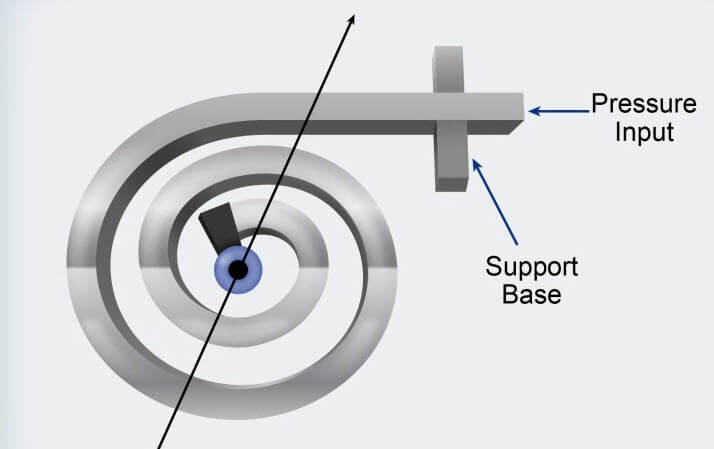
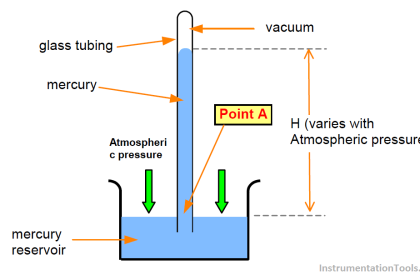

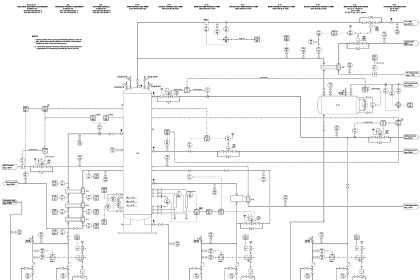

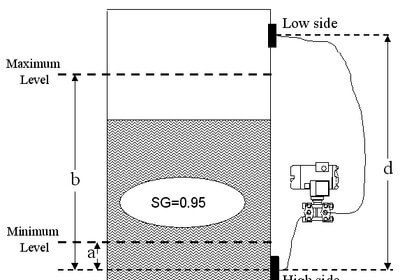
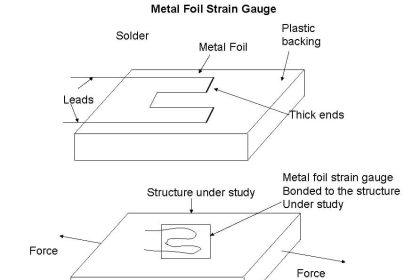
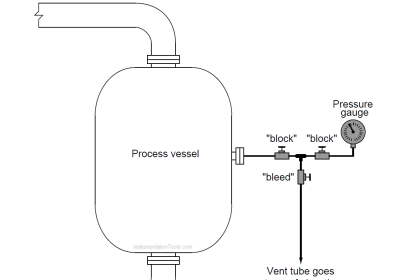

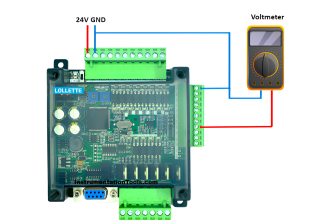
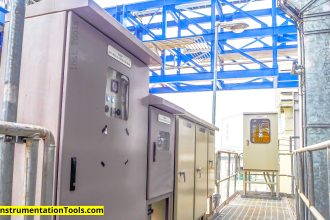
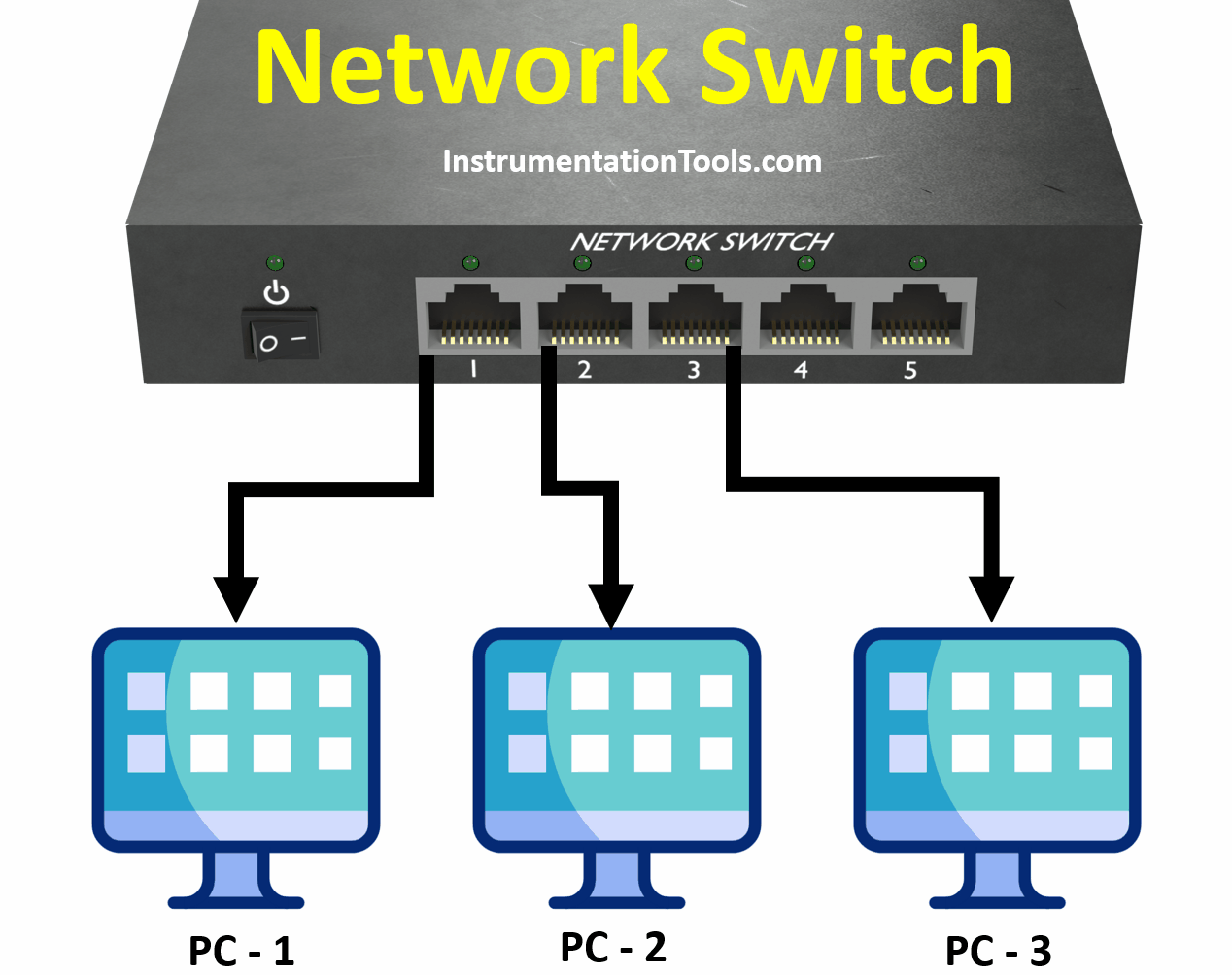


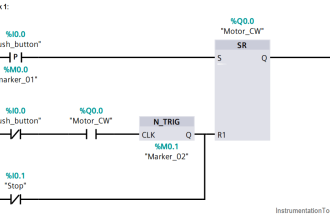

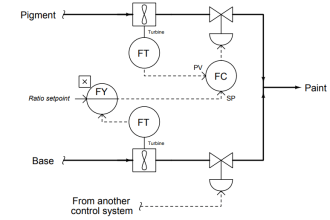

It is really interesting how the shape of the tubing can change so much about how it works. Thanks for explaining how the pressure built up in the spiral causes it to uncoil. Is this type of tubing only used for measuring pressure, or are there other applications? I don’t think I have seen one actually being used before.
thanks for enlightening me that the links and levers on the c type tube comes in with negativity and losses in measuring correct pressure.